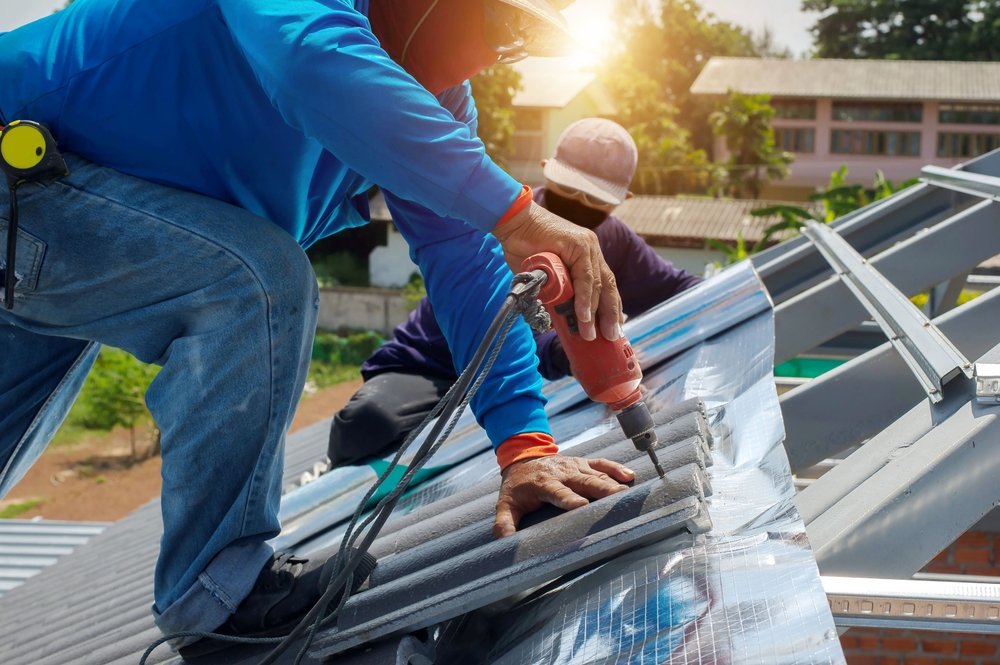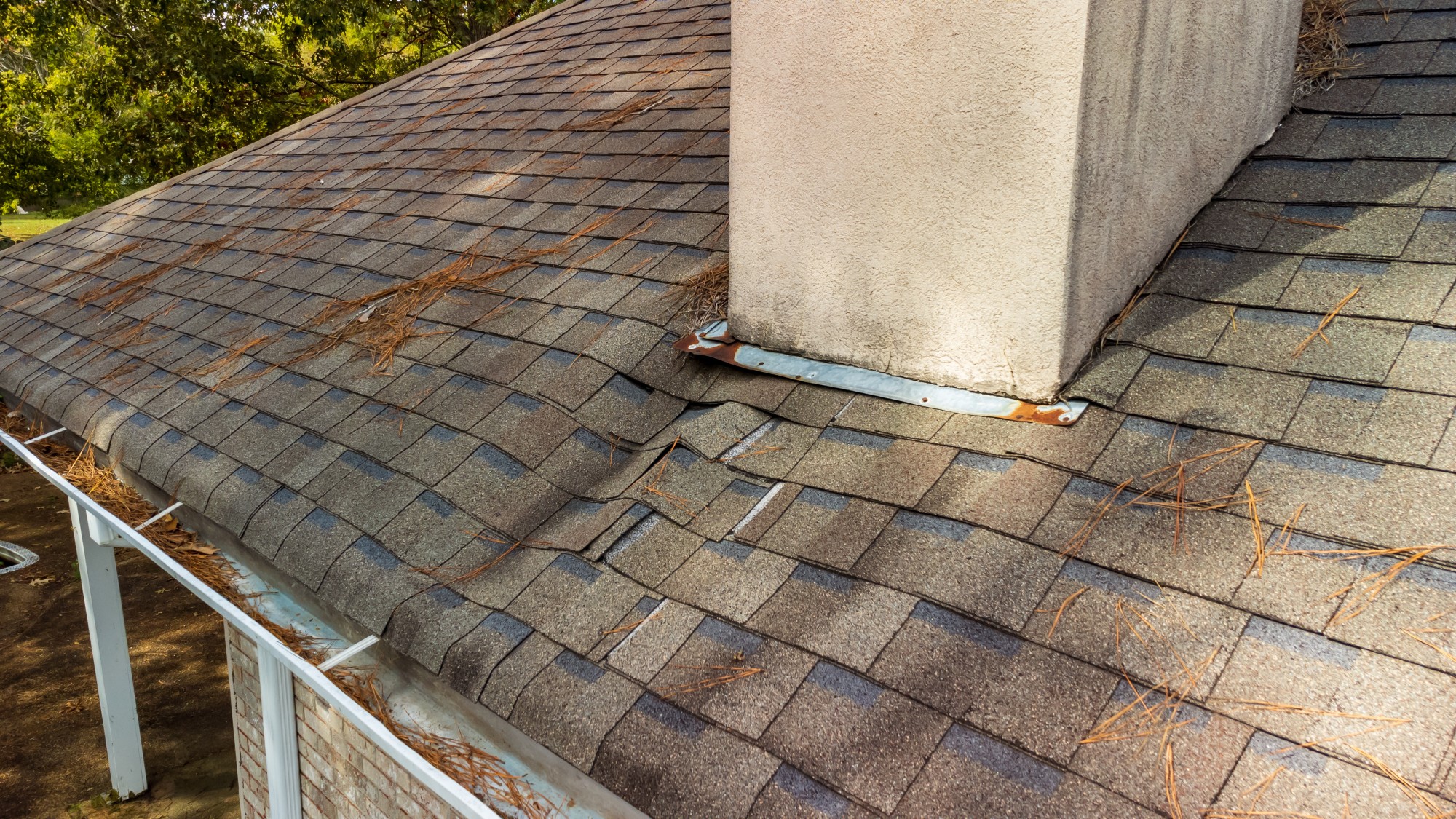Roofing Oahu: Professional Roofer for Your Oahu Property
Recognizing the Different Kinds of Roofing Systems: A Comprehensive Overview for Homeowners
In the realm of homeownership, choosing the appropriate roof style is a decision that brings significant ramifications for both performance and visual charm. With a variety of choices-- varying from the typical gable to the contemporary level-- each type presents unique advantages and challenges that ought to line up with the house owner's environmental factors to consider and specific demands. Recognizing these differences not only help in making an informed choice however likewise affects long-lasting upkeep and energy effectiveness. As we check out the details of numerous roofing system types, it ends up being obvious that one dimension does not fit all; the best option may amaze you.
Saddleback Roof
Gable roofings, defined by their triangular shape, are amongst the most prominent roofing designs as a result of their simplicity and effectiveness in losing water and snow. This design features 2 sloping sides that satisfy at a ridge, permitting for effective drain and reducing the danger of water accumulation. The steep pitch commonly related to saddleback roofs improves their ability to deal with heavy precipitation, making them appropriate for numerous environments.
Along with their sensible advantages, gable roofings use visual versatility. They can be adjusted to various building designs, from typical to modern homes. The design can also fit added functions such as dormer home windows, which boost natural light and air flow in the attic area.
Moreover, gable roofing systems provide ample space for insulation, adding to power effectiveness. Home owners can select from a variety of roofing products, consisting of asphalt tiles, metal, and floor tiles, additionally boosting personalization alternatives.
Despite their advantages, gable roof coverings might require additional assistance in areas prone to high winds or hefty snowfall. On the whole, the saddleback roof remains a preferred choice due to its mix of performance, longevity, and aesthetic appeal.
Apartment Roofs
Level roofing systems are frequently recognized for their minimalist layout and sensible applications, specifically in commercial and commercial settings (oahu roofing). These roofing systems feature a horizontal or nearly straight surface, which permits very easy building and construction and functional room usage. While they might lack the visual charm of pitched roof coverings, flat roofings provide many benefits, specifically in urban atmospheres where maximizing area is important
Among the key benefits of flat roofings is their ease of access. House owners can make use of the roofing system room for numerous purposes, such as roof yards, balconies, or photovoltaic panel installments. Additionally, level roof coverings are normally much more cost-efficient to mount and keep contrasted to their sloped equivalents, as they need fewer products and labor.
However, flat roofs do present specific obstacles. Appropriate drainage is necessary to prevent water pooling, which can bring about leaks and structural damages. For this reason, picking high-grade waterproofing materials and regular assessments are critical for making certain long life. Common products made use of for flat roofing systems include built-up roof (BUR), customized asphalt, and single-ply membranes, each offering unique advantages. On the whole, flat roofings work as a useful and adaptable selection for lots of house owners and businesses alike.
Hip Roofings
Hip roofings are defined by their sloped sides that converge on top, creating a ridge. This layout is distinctive from saddleback roofs, as all 4 sides of a hip roof covering slope downwards toward the wall surfaces, giving an extra secure framework. The angle of the inclines can differ, permitting flexibility in building aesthetics and performance.
Among the main advantages of hip roofings is their capability to hold up against heavy winds and damaging weather. The sloped surfaces make it possible for better water drain, reducing the danger of leakages and water damages. Furthermore, hip roofings use raised attic room room, which can be used for storage space or perhaps converted into livable locations.
However, constructing a hip roofing can be more costly and intricate than easier roof types, such as saddleback roofs. The added material and labor included in creating the slopes and ensuring proper architectural honesty can lead to greater costs. In spite of these disadvantages, numerous homeowners prefer hip roofs for their longevity, aesthetic allure, and capacity for power performance.
Mansard Roof Coverings
Mansard roofs, frequently recognized by their distinct four-sided layout, feature 2 slopes on each side, with the reduced incline being steeper than the upper. This architectural design, originating from France in the 17th century, is not only visually attractive yet useful, as it optimizes the functional area in the top floors of a building. The steep lower slope permits even more headroom, making it an ideal choice for attics or loft spaces, from this source which can be transformed right into living rooms.
Mansard roof coverings are characterized by their adaptability, fitting various architectural designs, from standard to modern-day. They can be created with various materials, consisting of asphalt roof shingles, slate, or metal, offering property owners with a variety of options to suit their spending plans and preferences. In addition, the design allows for the combination of dormer home windows, enhancing all-natural light and ventilation in the top degrees.
Nevertheless, it is necessary to take into consideration the prospective drawbacks. Mansard roofing systems might need even more maintenance because of the intricacy of their style, and their high slopes can be challenging for snow and rain overflow. On the whole, mansard roofings combine sophistication with practicality, making them a preferred option among property owners looking for distinct building attributes.
Dropped Roofing Systems
As homeowners significantly seek simpleness and capability in their architectural layouts, dropped roof coverings have emerged as a prominent choice. Characterized by a solitary sloping airplane, a shed roofing system provides a minimalist aesthetic that matches various home designs, from contemporary to rustic.
Among the key benefits of a shed roof is its simple building and construction, which usually translates to decrease labor and check out this site product costs. This design enables for effective water drain, decreasing the danger of leakages and water damages. In addition, the vertical slope supplies enough space for skylights, enhancing natural light within the inside.
Shed roofing systems also provide versatility in terms of usage. They can be properly integrated into enhancements, garages, or outdoor structures like structures and sheds. Moreover, this roofing system design can fit numerous roof covering materials, consisting of steel, asphalt tiles, or perhaps environment-friendly roofings, lining up with environmentally friendly efforts.
Nonetheless, it is important to think about local climate conditions, as hefty snow tons may necessitate changes to the roof's angle or framework. Generally, lost roofing systems provide a functional and visually pleasing option for home owners looking to take full advantage of functionality without endangering style.
Verdict


Gable roofing systems, characterized by their triangular shape, are among the most preferred roof covering designs due to their simpleness and effectiveness in shedding water and snow. oahu roofing. click here to read The high pitch generally linked with gable roofing systems improves their ability to handle heavy rainfall, making them ideal for various climates
While they might lack the aesthetic charm of pitched roofing systems, flat roofings supply countless benefits, especially in urban environments where taking full advantage of area is vital.
